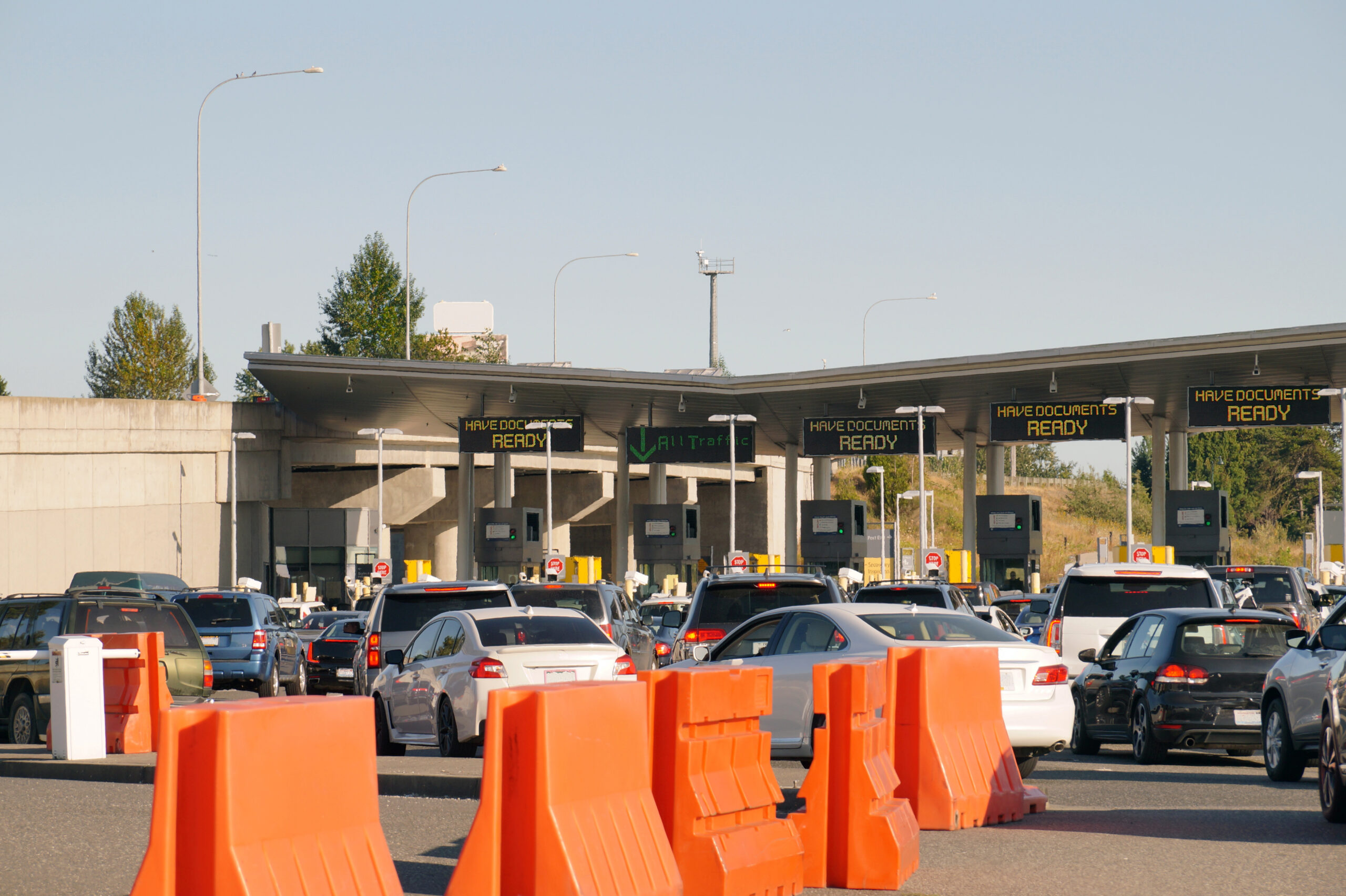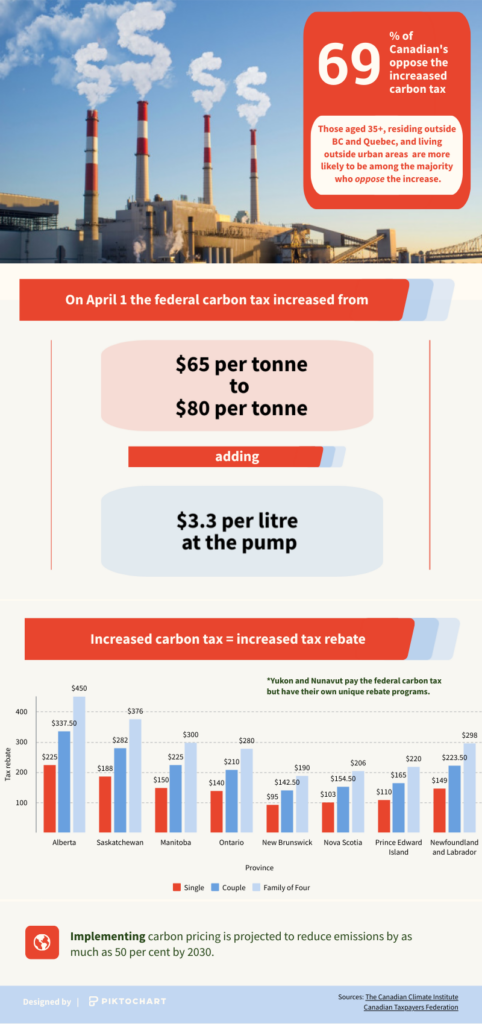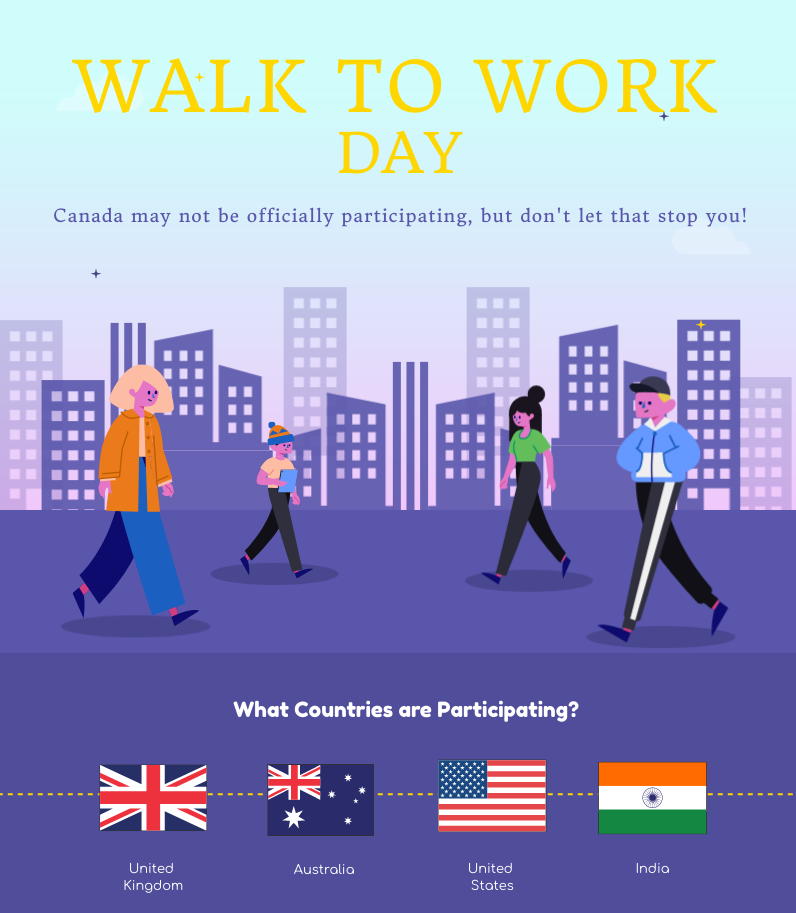Uncategorized
How your tax dollars are going toward suspended police officers
Toronto police officers had the most suspensions in Ontario over the past decade according to a new report
Story by Andrew Roberts. Multimedia by Keira Osborne.

The Toronto Police Service (TPS) has had 130 paid suspensions of 119 officers over the past decade which is an estimated 2.33 per cent of the department according to a recent CBC News investigative report.
CBC News’ investigation collected publicly available information about officers across 44 police departments in which the TPS had the most suspensions issued. The report that was published on Tuesday said these suspensions have cost taxpayers across Ontario approximately $134 million over the past 11 years.
The Community Safety and Policing Act, implemented on April 1st , will now allow police chiefs to suspend officers without pay but only concerning accusations of a serious, indictable offence committed while the officer was off duty, such as murder or aggravated sexual assault. The decision to suspend an officer without pay must also go before an adjudicator under the act.
Before the act was implemented, Ontario was the only province that gave officers their full pay during a suspension unless they had been denied bail or sentenced to imprisonment.
“In all honesty, the small step that has been taken – I don’t think is going to bring them to par with other provinces,” Jeff McGuire, executive director of the Ontario Association of Chiefs of Police, told CBC News. “There still will be, in my view, a number of police officers that are on suspension with pay that the chiefs don’t feel is appropriate, and I gather a lot of the public won’t feel is appropriate either.”
After the act was initially passed it took five years for it to be implemented after more than 30 meetings with municipalities, advocates, police services and the filing of more than two dozen regulations to accompany the law according to The Canadian Press.
One of the more notable cases of Toronto officers taking extended paid suspensions occurred in 2021. Four Toronto officers were originally accused of planting drugs to justify a search in 2016. Over the five years leading up to their disciplinary tribunal, each of the officers was paid their normal salary of more than $100,000 a year.
Two of the four officers would later plead guilty to reduced misconduct charges during the disciplinary tribunal. The other two officers had their charges withdrawn. One of the officers who pleaded guilty lost 15 days of pay and a demotion to second-class constable.
More than half of criminally convicted officers in Ontario return to work according to CBC News’ report.
“When you look at the number of members who returned to work following a suspension, I think that really talks about, was there a need to suspend those members in the first place?” Mark Baxter, president of the Police Association of Ontario, told CBC News.
Government of Canada
NEXUS Prices Set to Rise by Fall 2024
Canada Border Services Agency says that the new US$120 fee will help the program meet increased travel demand.

By IsoBelle O’Neill
In a move that may impact frequent travellers between Canada and the United States, government authorities are considering a significant increase in the NEXUS application fee. According to recent reports, the fee, which has remained at US$50 since the program’s inception in 2002, is slated to rise to US$120 effective October 1, 2024.
The decision to raise the fee stems from the need to adapt to the evolving demands and costs associated with the NEXUS program. Over the past two decades, the current fee structure has become inadequate to cover the expenses of administering the program and implementing necessary improvements.
The proposed fee adjustment, if approved, would align more closely with the actual cost of maintaining the program. It would translate to approximately US$24 per year for a five-year membership, reflecting the program’s operational expenses, including technology upgrades and infrastructure enhancements.
Since April 2023, the NEXUS program has witnessed a surge in applications, with over 510,000 submissions and nearly 10,000 interviews conducted every two weeks. This increase in demand necessitates a corresponding investment to sustain and enhance the efficiency of the program.
NEXUS, a trusted traveler program jointly operated by the Canada Border Services Agency (CBSA) and U.S. Customs and Border Protection (CBP), aims to expedite border crossings for pre-approved, low-risk travellers. With more than 1.8 million members, predominantly Canadian citizens, the program offers dedicated lanes at land crossings and expedited processing at airports, facilitating smoother travel experiences.
However, the proposed fee hike has sparked mixed reactions among the public. CP24, a prominent news outlet, recently released a Twitter post disclosing the impending change, prompting various responses from users.
One commenter expressed concern, stating, “That’s a huge hike when it does not replace a passport.” Conversely, another individual voiced willingness to pay more under certain conditions such as better application processing times, saying, “I’d be happy to pay more if it resources the program properly and reduces this to 10 or 20 days.”
In contrast, a supporter of the NEXUS program emphasized its value, stating, “and it’s worth every penny – I’d pay twice that for the convenience this card provides me.”
While the fee adjustment remains contingent upon regulatory approval in both Canada and the U.S., it underscores the ongoing efforts to ensure the sustainability and effectiveness of the NEXUS program in facilitating secure and efficient cross-border travel.
Government of Canada
Federal Carbon Tax Continues to Divide Canadians
The federal carbon tax increase effective April 1 has been the source of much debate between its defenders and opponents.

The federal carbon tax increase effective April 1 has been the source of much debate between its defenders and opponents.
“This carbon tax has to go or in a year and a half, the prime minister is going,” said Ontario Premier Doug Ford at a news conference in East Gwillimbury, Ont., on Monday. “It’s as simple as that, he will be going, I’ll guarantee you.”
The federal government’s increase, from $65 per tonne to $80, will see drivers pay an additional 3.3 cents per litre at the pump. Since the Canadian government introduced the levy in 2019, the carbon tax has added 17.6 cents to the cost of a litre of gasoline.

Provincial leaders such as Newfoundland and Labrador Premier Andrew Furey had asked the federal government to put a pause on the increase. In a letter to Prime Minister Justin Trudeau posted on X, Furey says that the hike “is causing understandable worry as people consider how they will manage the mounting financial strain.”
Drew Spoelstra, president of the Ontario Federation of Agriculture, said that the tax takes money away from investing in clean farming technology.
“We support a clean environment but farmers just don’t have any alternatives,” he said at a news conference Tuesday. “We have to use fuel and energy to grow the food that we all eat.”
Trudeau defends federal carbon tax
In an announcement made in Ottawa on Monday, Trudeau said that although the price on pollution is increasing, so is the Canadian Carbon Rebate.
“It’s money in people’s pockets while we continue stepping up in the fight against climate change,” he said.
“So all those premiers that are busy complaining about the price on pollution but not putting forward a concrete alternative that they think would be better for their communities are just playing politics.”
The hike in the federal carbon tax will also mean an increase to rebate cheques. In Ontario, single-person households will receive $140 quarterly and a family of four will get $280 every three months.
An analysis from the Canadian Climate Institute, released in March, found that carbon pricing is projected to reduce emissions by as much as 50 per cent by 2030. The institute’s report says industrial carbon pricing is projected to contribute “between 23 and 39 per cent (or 53 to 90 megatonnes) of avoided emissions from all policies implemented to date.”
Written by Saadeq Ahmed.
Uncategorized
Get Your Workout In Before Your Workday this Friday!

Countries such as the United States, Australia and the UK celebrate Walk to Work day this Friday April 5, 2024.
This annual tradition encourages people to walk to their workplaces rather than drive or take public transportation, in turn promoting health, social and environmental benefits.
“Walk to Work Day is great because it’s so easy to participate in,” said Australian resident Sally Freeman. “Walking a kilometre only takes about 10 minutes.”
Health Benefits

According to the WHO, walking for just 30 minutes per day reduces the risk of mortality by at least 10 per cent.
For those who work from home or do not have their workplace within a reasonable walking distance, it is still possible to participate in this yearly practice through small initiatives like taking a walk at lunchtime.
Harvard Health states that walking can also be a great opportunity to socialize, which is another essential aspect of good health.
Author of two JAMA Network studies on daily step counts Matthew Ahmadi said that 30-minute walks do not need to be consecutive. “It can be in brief bursts here and there throughout your day,” said Ahmadi.
Environmental Benefits
Choosing to walk over other transportation options also improves air quality, reducing the amount of harmful emissions that are generated and released into the atmosphere.
The International Energy Agency reveals that global CO2 emissions from the transport sector reached nearly eight gigatonnes in 2022, a three per cent increase from the year prior.
Stephen Edwards, head of policy and communications at British charity Living Streets describes the ability to walk to work as a ‘low-hanging fruit.’
“There’s an immediate contribution that we could all make to reducing our personal carbon emissions by walking more of those short journeys,” said Edwards.
For Canada, a country that does not celebrate Walk to Work day, the transportation sector accounts for 28 per cent of greenhouse gasses (GHG) alone.
The federal government of Canada released a 2030 Emissions Reduction plan in 2022 which outlines a course of action to mitigate these climate change contributors.
The plan’s transportation sector focuses on funding objectives to support the country’s Zero-Emission Vehicles Program (iZEV), including a great deal of additional funding for ZEV charging stations.
While ZEV’s can drastically reduce GHG emissions and air pollution, gas-powered vehicles are still expected to be on the market for over a decade, which means they will evidently remain on roads for far longer.
Executive director of Green Communities Canada Brianna Salmon said that walking, especially while facing a global climate crisis, “can be a really empowering and positive thing to be participating in every day on your commute.”
Although Canada is not a participating country in Walk to Work Day, Canadians can still partake and make an environmentally positive impact as a result.
Walk to Work Day takes place on the first Friday of April each year.
Written By: Grace Draznin
Infographics By: Carly Pews
-

 Crime2 years ago
Crime2 years agoToronto’s Massive Car Theft Problem, Explained
-

 Government of Canada2 years ago
Government of Canada2 years agoMaple Leaf Millions
-

 Finance2 years ago
Finance2 years ago“Not like anything we’ve ever seen before”: Reddit group plans Loblaw boycott
-

 Jobs2 years ago
Jobs2 years ago“Shame on Bell”: Unifor stages rally in Ottawa to protest Bell Canada
-

 Canadian Census Data and Trends2 years ago
Canadian Census Data and Trends2 years agoThinking of leaving the province? You wouldn’t be the first
-

 Tax Season2 years ago
Tax Season2 years agoNavigating Tax Season as a University Student
-

 Government of Canada2 years ago
Government of Canada2 years agoNEXUS Prices Set to Rise by Fall 2024
-

 Science2 years ago
Science2 years agoA “Cosmic Coincidence”: the Upcoming Solar Eclipse, Explained
